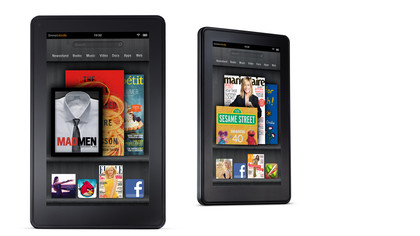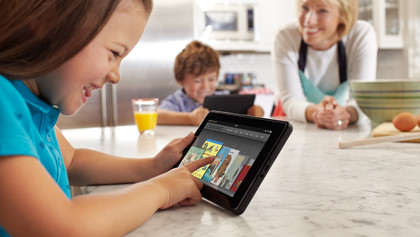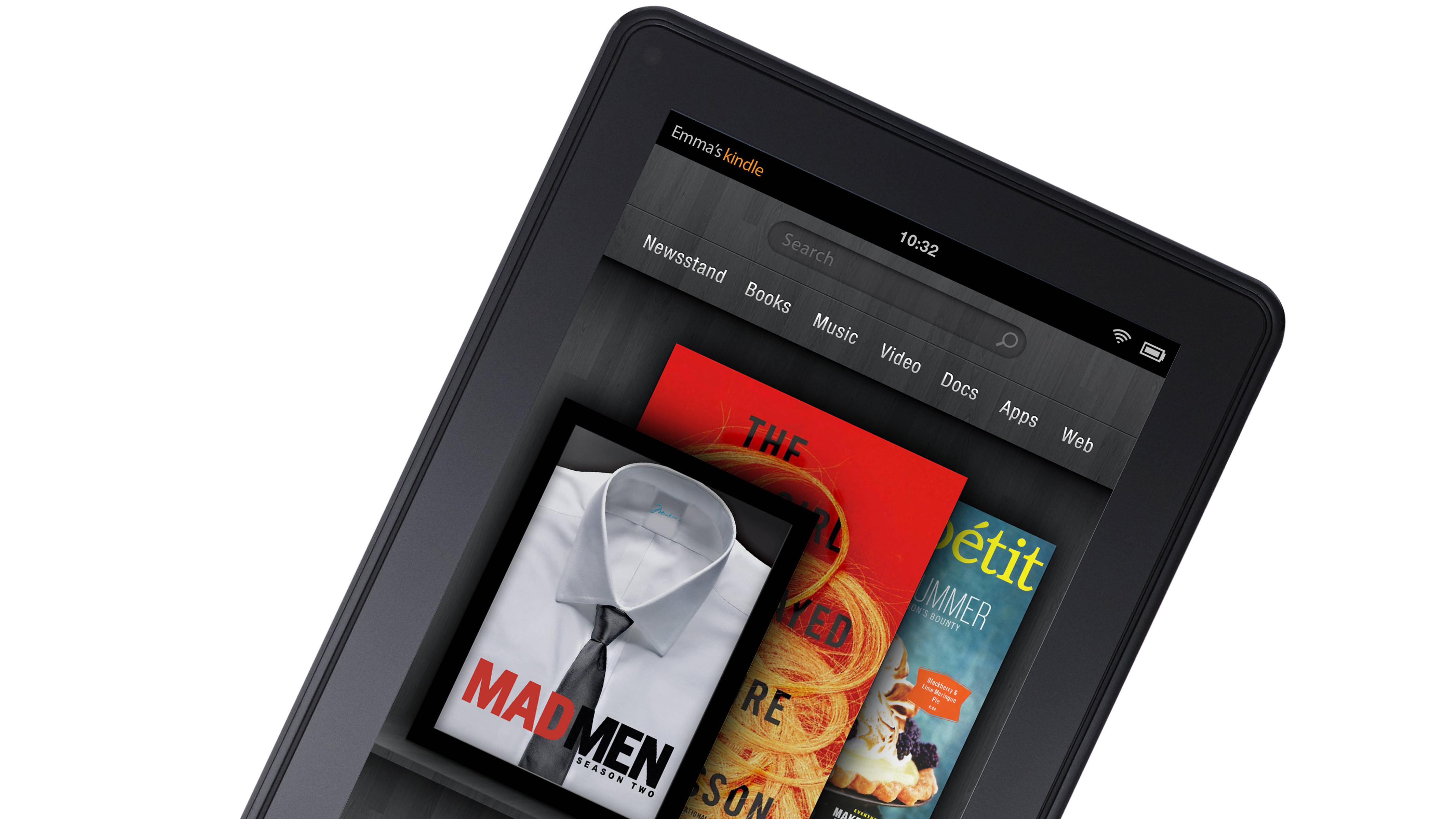Why you can trust TechRadar
Ten months on from the launch of the Kindle Fire, it's hard to emphasize just how big a difference it's made in the tablet world. The beneficiaries of that change are you and I - the consumer.
The Amazon Kindle Fire was a completely new kind of tablet device, that erred away from the "we can make an iPad, too" attitude that has seen the tech world so-far fail to replicate Apple's success.

It's forced companies to rethink, it ensured newer models including the Nexus 7 are priced much lower than they may have been otherwise and the likes of Samsung, with its Galaxy Tab 2 7.7 device, to think a little smaller with the price tag. All good news.
There were always going to be compromises with the Kindle Fire but Amazon struck a very fine balance between the essential functionality and the price point and left it up to users to decide whether they are sacrifices they're willing to make.
As we thought at the time, this hasn't turned out to be an iPad killer. People who want iPads have still bought them in record numbers. It's an alternative for those who thought "there's no way I'm paying $500 for one of those." It's worked out for everyone and now the 7-inch form factor is proving popular enough that Apple is reportedly going to jump in with an iPad mini. That'd be a huge shift, considering Steve Jobs once proclaimed 7-inchers "dead on arrival."
We liked
The 7-inch form factor is executed far more successfully than the BlackBerry PlayBook, or indeed the earlier Galaxy Tab efforts, as it retains the comforting feel of the much loved Kindle reader. The device feels solid, yet comfortable in the hand, sturdy but never cumbersome.
There's an awful lot about this device that spectacularly defies the bargain basement price point. The build is one of those things, while the refreshing user interface, display, touchscreen and built-in eco-system of content are better than they have any right to be at this price.

The buying experience was perfect and the ability to keep everything in the cloud does its best to negate the paltry 8GB hard-drive. We were also really impressed with the first iteration of the Silk browser, which is likely to only get better.
We disliked
Because of the price point we were able to go a little easier on some of the Kindle Fire's limitations, which are numerous. The decision to omit things like a front-facing camera, a microphone, 3G data connectivity, Bluetooth, GPS, the Android Market, greater internal storage (and the option of external storage) were made to keep costs to a minimum. Regardless, these are things that we've come to expect on all mobile devices and they are invariably missed.
The software is largely great, but has some kinks to fix (Update: These have mostly been ironed out in subsequent updates), while the battery life is somewhat disappointing. The lack of native Google-built apps is a problem and the privacy issues that arise with using the Silk browser is something to keep an eye on.
Verdict
The Amazon Kindle Fire still represents astonishingly good value for money. Perhaps the best gadget bargain of this era. The company has unquestionably succeeded in doing what it set out to; to produce a brilliant media consumption device that doesn't break the bank. It's a solid tablet perfectly tailored to its aim of pushing you to buy digital content from Amazon. It isn't an all-singing, all-dancing device that ticks all the boxes, but it doesn't attempt to be. It's an enjoyable device to use and defies its price point in almost all areas.
However, because of the limitations we've mentioned above, this can't be an iPad Killer. The iPad does absolutely everything better and so it should at double the price. People who want an iPad will still buy one. However, due to the sheer number of Kindle Fire devices that will sell, it's the first device that can truly compete.
Now that the first-gen Kindle Fire is well out of its nascent stages, we struggle to recommend it over the new Google Nexus 7, which is a sexier tablet with a greater selection of apps, better screen and with greatly improved specs for the same price. Comparing the two seems slightly unfair since Amazon laid down an incredible marker and Google simply surpassed it. But if you're going to buy one of the two, it has to be the Nexus 7. There's just less of those aforementioned compromises.
There'll be more cheap Jelly Bean tablets we'll reach the same conclusion about. The Acer Iconia 300 is likely to be the first of them. However, we're pretty sure Amazon will be back before Christmas with a new and improved contender, so we'll see how that pans out.
The Kindle Fire will continue to damage the other Android tablet-makers seeking at least $400 of your hard-earned money for their latest offering. It was already difficult for Motorola and LG to justify their prices. Now, it's impossible. They will have to cut their own prices and develop ways to combat Amazon and Google's content-buying platforms. This means more choice and better deals for everyone.
A technology journalist, writer and videographer of many magazines and websites including T3, Gadget Magazine and TechRadar.com. He specializes in applications for smartphones, tablets and handheld devices, with bylines also at The Guardian, WIRED, Trusted Reviews and Wareable. Chris is also the podcast host for The Liverpool Way. As well as tech and football, Chris is a pop-punk fan and enjoys the art of wrasslin'.

